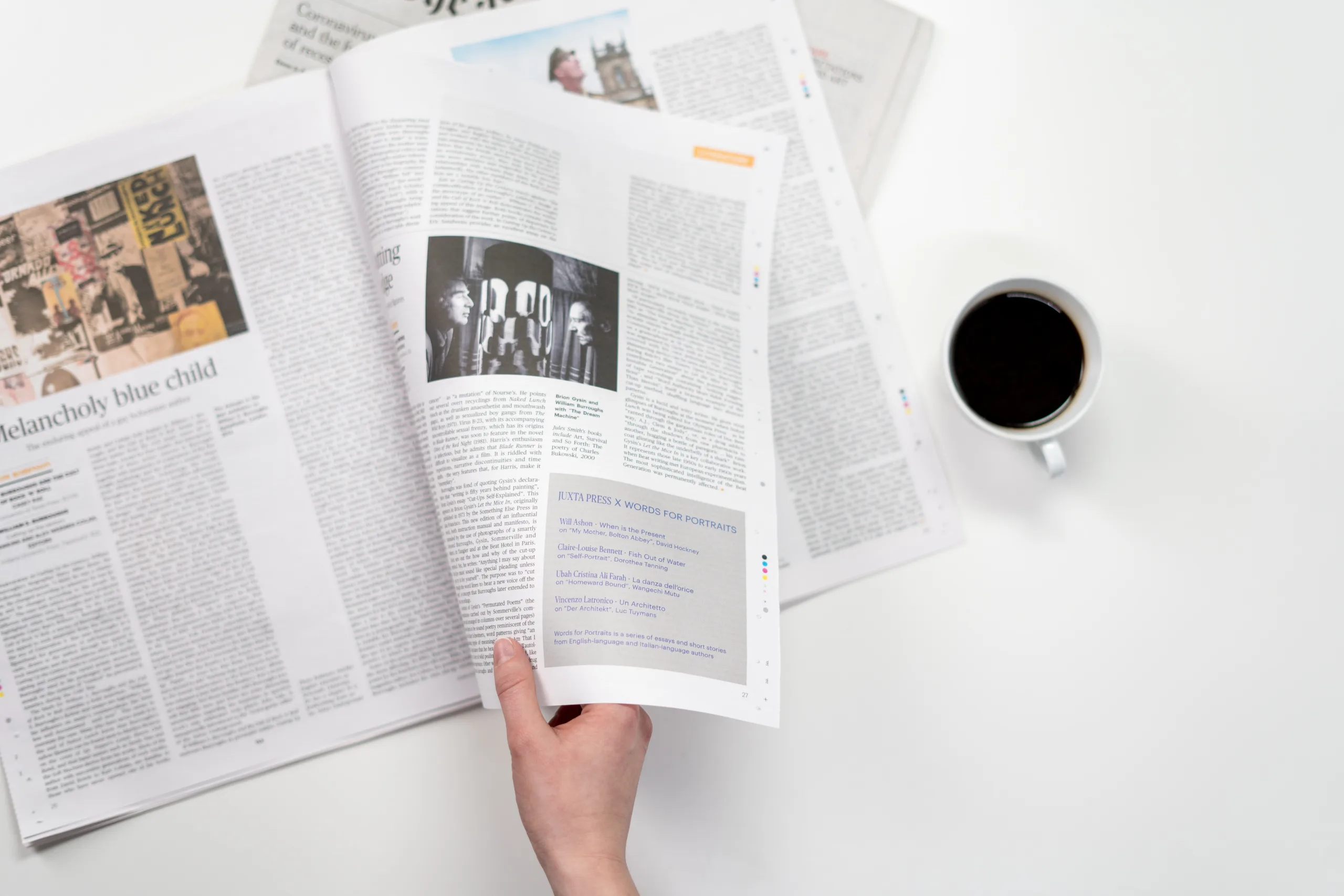We’re always thrilled to hear a partner’s success story. Finding out the positive impact they’re making in the world is fantastic.
Then we think… How are we going to get that story out there? After all, that’s where our expertise comes into play. Getting that story out in different outlets—whether that’s newspapers, broadcast, or social media—gets our partners the attention they need to keep doing what they do.
We have a tried-and-true approach to securing earned media coverage. Here’s how we do it.
First, we set goals and expectations.
Depending on the organization, we could have a master list of stories that we want to get out in general, or we could have a specific story to share: a success story, an organizational change, an upcoming event, a new program or product.
Whatever the story is, we think through these questions:
- Is the story local, regional, or national?
- Who do we want to know about it?
- What’s the message we want to get across?
- What does success look like?
We get with our partner early on to come up with a game plan. And, crucially, we set expectations. It would be a great goal to get into The New York Times or on the “Today” show. But that’s not always possible for every story we want to get out there. For many reasons, regional outlets, trade publications, and digital platforms can be more strategic targets.
We talk through the story’s likely outlet placement, its intended audience, and our goals so that we’re on the same page.
We identify our outlets and reporters to pitch to.
There are thousands of content outlets to choose from, and maybe hundreds that could conceivably run our story.
But we need to assess which outlets make the most sense for our story. So we narrow our list down to maybe 20 or so outlets.
Then, we find out who we’re going to pitch to. Taking our time here is key—this part is about making connections. Connections, you’ll see, are so important to this process.
We hit the books (so to speak) and learn about the reporters. Their beat, their recent pieces, their interests, their social media. Do they cover our topic? Does their perspective resonate with us? Would our story resonate with them?
And knowing all the different outlets each reporter is affiliated with is important too. “They’re not just at their paper or online. So many of them have gigs on TV and radio stations and they do newsletters for their publication,” says our president, Julie Rosenthal. A successful pitch to the right reporter could get your story several hits.
Then, we pitch—thoughtfully.
Many companies and agencies send an email and blind copy a hundred reporters on it to pitch their story.
Not us. When we pitch a story, we reach out to each reporter one-on-one. We connect the dots for them on trends, what they’ve recently written about, why there’s an audience for our story, and why they’re the reporter to tell it.
Our earned media guru, Norma Kelly, shares that the personal touch is needed because this is about building relationships. “Reaching out to reporters on a regular basis so that they know who you are. Responding quickly when they come to you and giving them what they need in a good way and following through with that,” she says. “We always quickly respond and try to get to them right away. We’re going to make it happen.”
These connections matter. Reporters want someone they can count on, and our team works to make sure they know that we’re responsive. “You build a relationship. Eventually, when you pitch them, they respond to you quickly because they know you, and they’ve met you,” Norma says.
Here’s why we know our approach works.
Because it’s our practice to connect meaningfully with the reporters we pitch to, they come back to us when they need a quote, or information, or insight.
Our experience in our work with the Bazelon Center for Mental Health Law proves it. In the 2017 landmark Supreme Court case Endrew F. v. Douglas County School District, the parents of a student with autism argued that his public school did not provide a free appropriate public education as required by the Individuals with Disabilities Education Act (IDEA). The Bazelon Center filed an amicus brief in support of the student.
When the Supreme Court ruled in the student’s favor, a reporter at a major national outlet reached out to us because of the relationship we had built. We immediately coordinated an interview with a lawyer at the Bazelon Center. Because we reacted so quickly, that interview was quoted widely, providing clarity on the importance of the ruling and garnering valuable awareness for the Bazelon Center and its mission.
Conclusion
Next time you’re trying to get earned media coverage for your organization, try our approach. Be thoughtful in choosing your outlets and reporters to pitch to. Making new connections and maintaining relationships with reporters is how we create successful earned media campaigns.
We get so excited about getting our partner’s stories out there. Our approach makes that possible.

